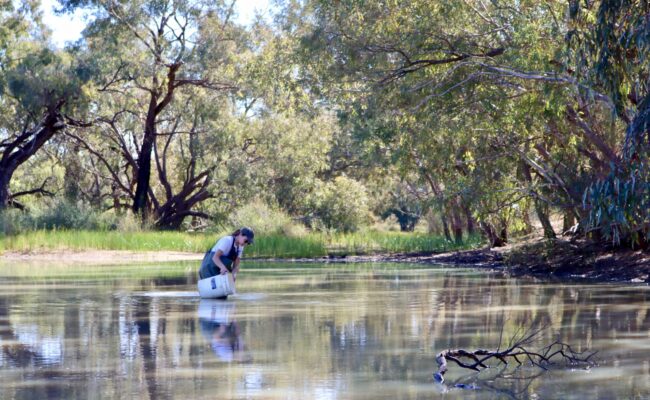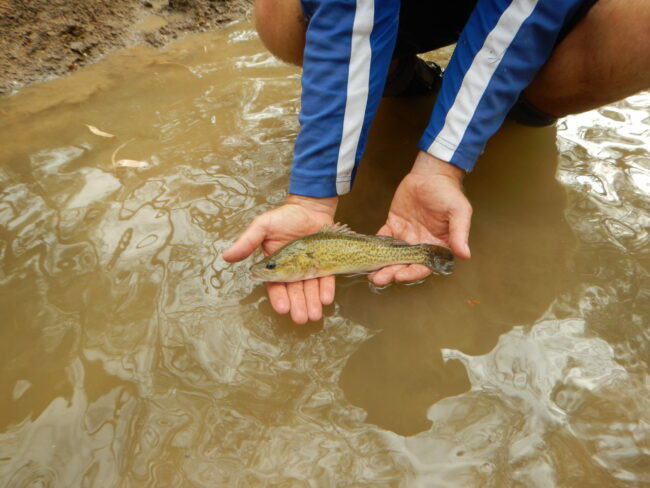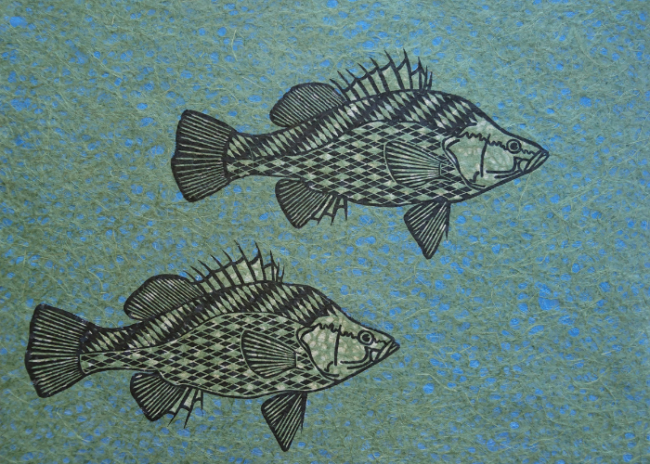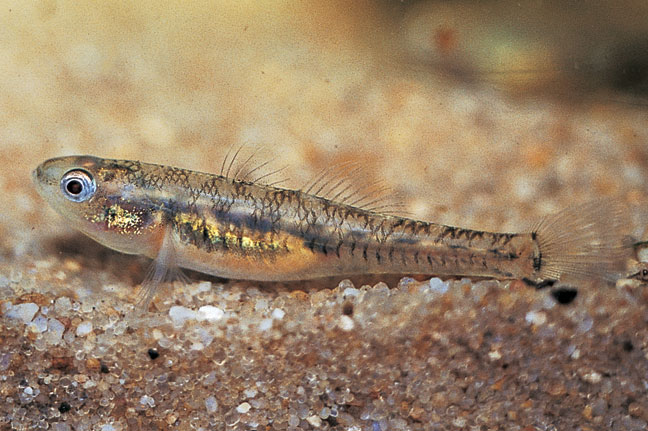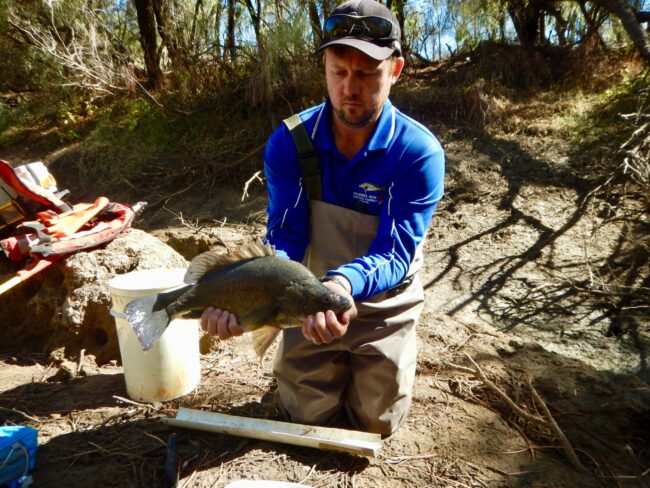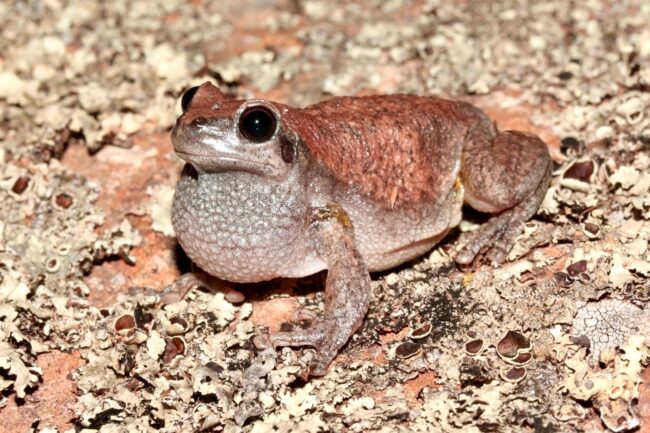Northern Basin 2019-20 Summary
The Commonwealth Environmental Water Office (CEWO) have now released the Northern Basin 2019-20 Summary. This publication includes a fact sheet highlighting the use of Commonwealth Environmental Water in the 2019-20 water year in the northern Murray-Darling Basin. Click the image above to take a look.


